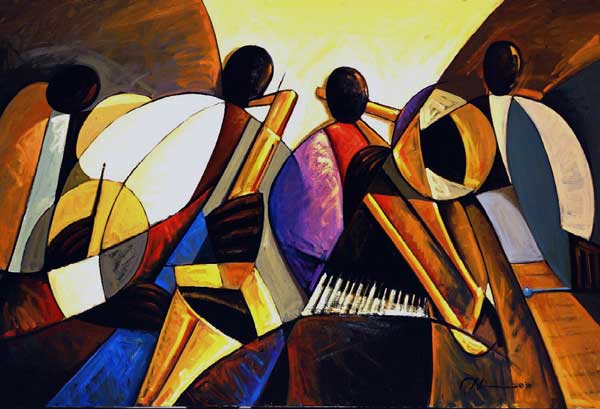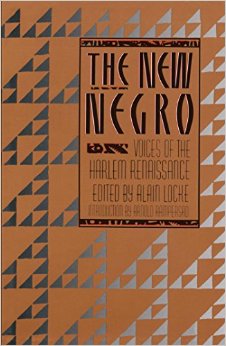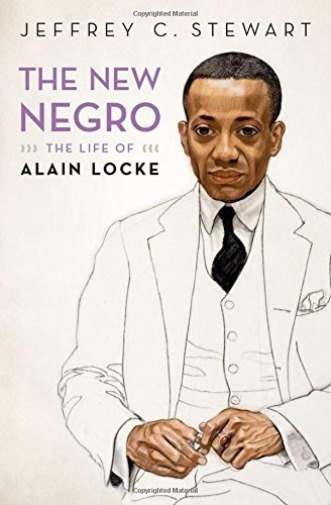
The Harlem Renaissance and the "New Negro"

One of the most significant intellectual and artistic trends of twentieth-century American history, the Harlem Renaissance impacted art, literature, and music in a manner that forever altered the American cultural landscape.
The Harlem Renaissance was a movement in the 1920s through which African-American writers, artists, musicians, and thinkers sought to embrace black heritage and culture in American life.
This shift towards a more politically assertive and self-confident conception of identity and racial pride led to the establishment of the concept of the "New Negro," coined by Alain Locke.
While describing the "New Negro," Locke referred to a renewed intellectual curiosity in the study of black culture and history among the African-American population. This evaluation of identity required an honest representation of the African-American experience.
The adoption of serious portrayals of black American life in art, as opposed to the caricatures provided through minstrelsy and vaudeville, was a necessary step in the cultivation of the Harlem Renaissance ideals.
To Locke, the black artist's objective was to "repair a damaged group psychology and reshape a warped social perspective."
Harlem Renaissance Multimedia Walking Tour
William Grant Still, the most prominent African-American art music composer of the time, was greatly influenced by the concept of the "New Negro," a theme frequently evident in his concert works. Duke Ellington, a renowned jazz artist, began to reflect the "New Negro" in his music, particularly in the jazz suite Black, Brown, and Beige.
The Harlem Renaissance prompted a renewed interest in black culture that was even reflected in the work of white artists, the most well-known example being George Gershwin's Porgy and Bess.
Through applying the concept of the "New Negro," the depiction of African-Americans in American art music shifted from a misrepresentative stereotype to a depiction of people of African descent as significant contributors to the American cultural landscape.
By Rashid Booker
Significantly, these goals were most immediately attainable through the "evaluation by white and black alike of the Negro in terms of his artistic endowments and cultural contributions, past and prospective."
For the thinkers and artists of the Harlem Renaissance, the way to achieve this evaluation was through incorporating themes of black identity and history into their works.
The perception of Africans and African-Americans as essential cultural contributors became significant in the social struggles black Americans faced in the twentieth century. Using the concept of the "New Negro," artists of the Harlem Renaissance and beyond sought to bring black culture from the status of folk art to a position of sophistication and dignity.
